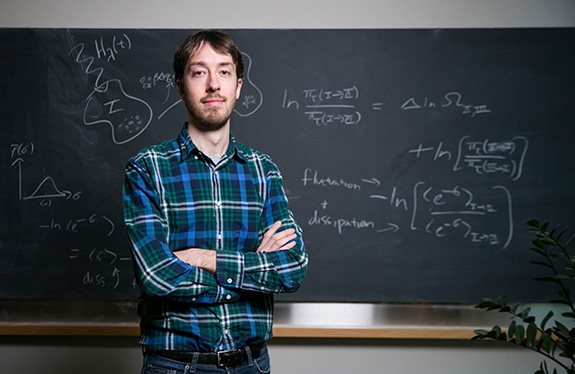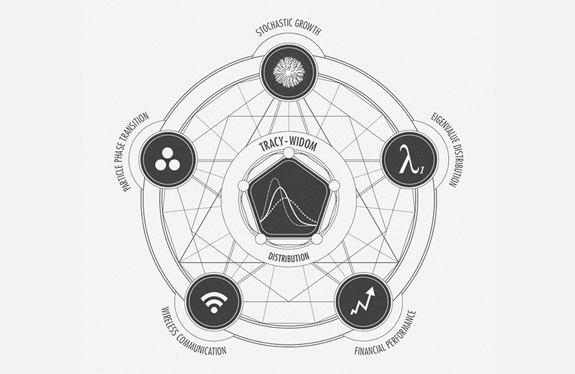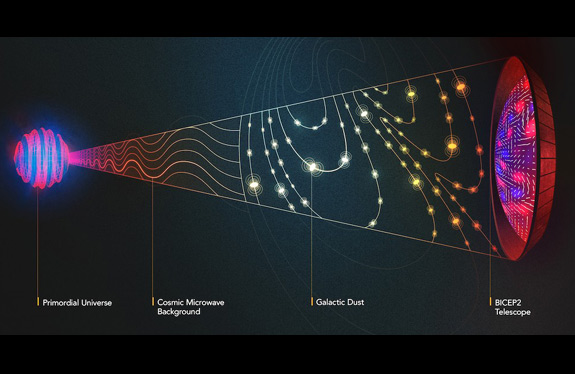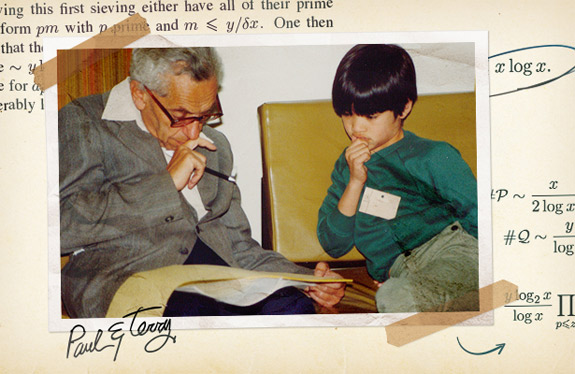Quanta Magazine, the editorially independent online publication the Simons Foundation launched in 2013 to ‘illuminate science,’ continues to expand in size, readership and ambition, covering advances in fundamental research in mathematics and the physical and life sciences. Maintaining its mission to offset what editor-in-chief Thomas Lin calls “a serious gap in mainstream media coverage of math and basic science research,” Quanta produces in-depth feature stories on subjects such as the mysterious universal statistical law called the Tracy-Widom distribution, recent breakthroughs in understanding prime number gaps and tantalizing new ideas about the underlying physics that could drive the origin and evolution of life.
The magazine’s most ambitious editorial project of 2014 also turned out to be among its most popular: a series of long-form features profiling the year’s four Fields medalists and the Rolf Nevanlinna Prize winner. The Fields Medal is informally considered to be the “Nobel Prize of mathematics,” Lin says, “but I was aware that none of the major publications would cover it in a substantive way. That left things wide open for us — not only to portray the mathematicians themselves, who are some of the top minds in the field today, but also to describe their work and bring it to a larger audience.” Quanta spent months planning its coverage, and it paid off: As the most in-depth profiles of this Fields Medal class and their work, the series was widely shared on social media and referenced by the popular websites of NBC News, The New York Times, Business Insider, Der Spiegel and the Financial Times. Quanta contributor and former math professor Erica Klarreich’s profile of topologist Maryam Mirzakhani — the first woman to ever win the Fields Medal — proved especially popular.
Quanta also built on 2013’s five-part big data series with ongoing reporting intended to expand mainstream understanding of the topic. “Scientists know that so-called ‘big data’ is not based purely on the size of a dataset, but also on its complexity or dimensionality,” Lin explains. “There are smaller datasets that are highly complex.” Whereas mainstream media tends to cover the topic from a technological point of view, Lin says that an ongoing theme of Quanta’s coverage is to show how meeting the challenge of big data requires collaboration between multiple scientific disciplines — from the experimentalists gathering field data in unprecedented quantities, to the mathematicians modeling novel patterns in them and the computer scientists building efficient algorithms to process them. “We tried to explain that just having more data is not helpful if you can’t make sense of it,” Lin says.
Quanta expanded its staff with two new hires: Deputy editor Michael Moyer, who previously oversaw award-winning physics and space coverage at Scientific American, joined this year, as did Olena Shmahalo, a former advertising art director. Moyer now spearheads Quanta’s expanding life science coverage. Shmahalo leads Quanta’s efforts to enhance the publication’s photography and illustrations; she also commissions and designs custom infographics that provide another way for readers to understand difficult theoretical concepts.
Lin’s plans for the coming year include video content to enhance engagement with its written reporting. “This is why Quanta exists,” Lin says. “We have the expertise to do this kind of coverage well, and it does make an impact.”















